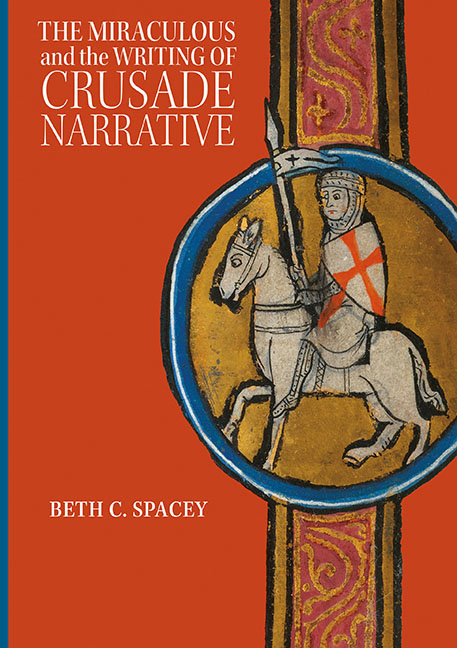Summary
The following appendix is intended to provide a short overview of the main sources used in this book, for the benefit of those who may be unfamiliar with the Latin Christian primary sources for the crusades of 1096 to 1204.
Generally speaking, the sources discussed in this book are either dedicated crusade histories – texts produced with the express purpose of documenting a crusade, often beginning with its preaching and ending with its perceived climax, or the return of participants to their homes in western Europe – or larger chronicles which feature a crusade account within a broader narrative, often tracing the affairs of particular kings or polities. As will become clear in the following, the scale of the textual response to the First Crusade was not matched by that of the Second, Third or Fourth, and there are markedly fewer dedicated histories of these later campaigns. For the Fourth Crusade, this book makes use of several translatio narratives, sources documenting the removal of relics in the wake of the sack of Constantinople in 1204 and their transportation to and distribution in western Europe, often including descriptions of parts of the campaign. It should also be noted that, while this book focuses on the corpus of prose narratives written or compiled in Latin, it also draws upon evidence from Old French prose and verse sources at points.
The first-hand account contained in the Gesta Francorum et aliorum Hierosolimitanorum is at the centre of the narrative histories of the First Crusade. It is believed to have been completed within months of the narrative’s symbolic end point: the crusader victory against an Egyptian force at Ascalon in August 1099. The author, if indeed it is the product of one singular author, remains anonymous, though it is likely that he was a cleric attached for a time to the contingent led by Bohemond of Taranto before departing from Antioch with the rest of the crusade army as it progressed towards Jerusalem.3 A closely related text is the participant narrative of a Poitevin priest named Peter Tudebode, who relied on a version of the Gesta Francorum, or a text very similar to it.
- Type
- Chapter
- Information
- The Miraculous and the Writing of Crusade Narrative , pp. 157 - 168Publisher: Boydell & BrewerPrint publication year: 2020



